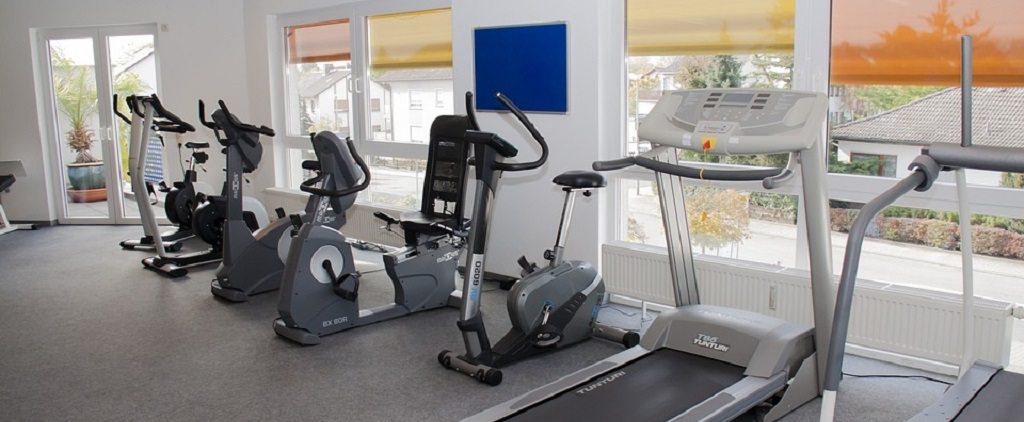[dropcap style=”font-size:100px; color:#992211;”]I[/dropcap]n earlier essays, we established that the biomechanical markers of emotional engagement are more obvious when the subject is busy trying to run or ride in a straight line.
It only remains to figure out ways of using that information.
Possible applications
1. In sports – the selection of methods and techniques for additional motivation of athletes (including individual approaches) based on accurate data about the emotional reactions of the athlete on certain kinds of psychological and other influences.
Emotional moods increase maximal voluntary strength and speed of locomotion, so emotionally exciting audiovisual works might be used in professional sports as some kind of dope. For example, since historic times and almost everywhere on different fields of war, dynamic and aggressive music was used to raise morale of soldiers and to mobilize them on attacking the enemy.
Techniques for emotional reassurance and motivation of athletes selected beforehand at preliminary testing could be used successfully in the pre-competition periods.
For this type of testing approach, sports in which locomotive movements play a major role work best, particularly when the biodynamic movements of the athletes is cyclical: with a fixed support (walking and running), with slide sports (skiing), in aquatic environs (swimming), as well as with mechanical conversion of movements on supports (fixed bicycle) or on water (monitered rowing boat).
2. In media industries (film, advertising, music, etc.) – selection of the most promising projects to be implemented (even before the start of production); preliminary testing of media products (before release on broad market), ‘pre-screenings’ and ‘pre-readings’.
The technique offers an enhanced method to test many different ’emotionally triggering’ media products. On video: movies, movie clips, stand-ups, TV programs, etc. On audio: music, film scripts (read aloud and recorded), political speeches and oral congratulations, audiobooks, etc.
The methods of testing of the media products on the basis of bodily reactions of an audience (biomechanical, kinematic and other indicators) will go some way to improving the quality of the produced media products (films, books, music, etc.). Before starting shooting, any good producer or director must get a strong overview of the dramatic composition that defines the program or film.
The above described method of testing of emotional stimuli (by fixing of varieties in biomechanics of locomotion) is simple enough, does not require the development of new sophisticated technologies and can be applied on the basis of existing technology.
The effectiveness of the implementation of such methods can be rewarding.




















